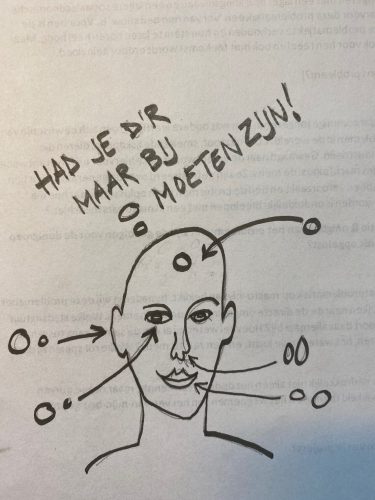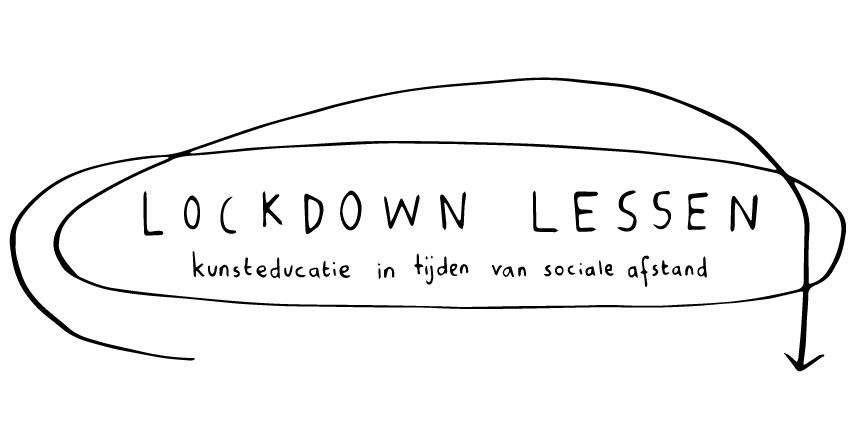TEACHER AS CONCEPTUAL ARTIST
“A teacher’s practice, in and out of the classroom, can be their creative practice at the same time”.
Jorge Lucero, 2018
Between January and June 2020 we examined in the module ‘Projectburo’ how we, as art teachers, could use the modes of operation of Lucero’s ideas about teacher as conceptual artist.
Teacher as conceptual artist is not a formula. Thinking through conceptual art practices simply engenders the big question: what permissions does conceptual art open up for a teaching practice? In the discussion about teacher/artist identities, the Mexican-American artist and scholar Jorge Lucero argues that the perceived gap between teacher and artist identities could be closed through an understanding of how these identities overlap and integrate into each other. Building on developments in conceptual and social art, Lucero coined the idea of the teacher as conceptual artist. He proposes that a teacher’s practice – in and out of the classroom – can simultaneously be their creative practice. According to Lucero, redefining the school – with its proceedings, relationships, and obligations – as ‘artistic material’, opens up possibilities to engage in a practice in which educational and artistic goals are simultaneously pursued.
Jorge Lucero is a conceptual artist and educator. He currently serves as Associate Professor and Chair of Art Education at the University of Illinois, Urbana Champaign. His current research is concerned with the interstices of contemporary art practices with distinctly pedagogical properties (e.g. conceptual art, performance art, participatory and socially engaged art) and how those modes of operation propose alternative approaches to making, learning, relationships, ethics, spirituality, generativity, and civic engagement. Coming from a studio practice, Jorge’s research has unfolded from a desire to understand the confluence between his research activities (sometimes identified as art) and his teaching persona.
Jorge doesn’t teach and “make art on the side”, he has identified a strategy–through conceptual art practices–where his teaching and creative practices are the same thing.
MODES OF OPERATION
1. School as material
WE CAN THINK OF OUR INSTITUTION(S) AS MATERIAL/
Je school/instituut kan je atelier of repetitieruimte zijn.
‘Through this mode, teachers can start rethinking how to make the school the material of what they are making. For instance, teachers who find themselves in a school – that might feel restrictive or repressive – can ‘play’ with the parameters and materiality of that situation.’ Lucero.
Opdracht: Verken op artistieke wijze de omgeving rondom je nieuwe schoollocatie.
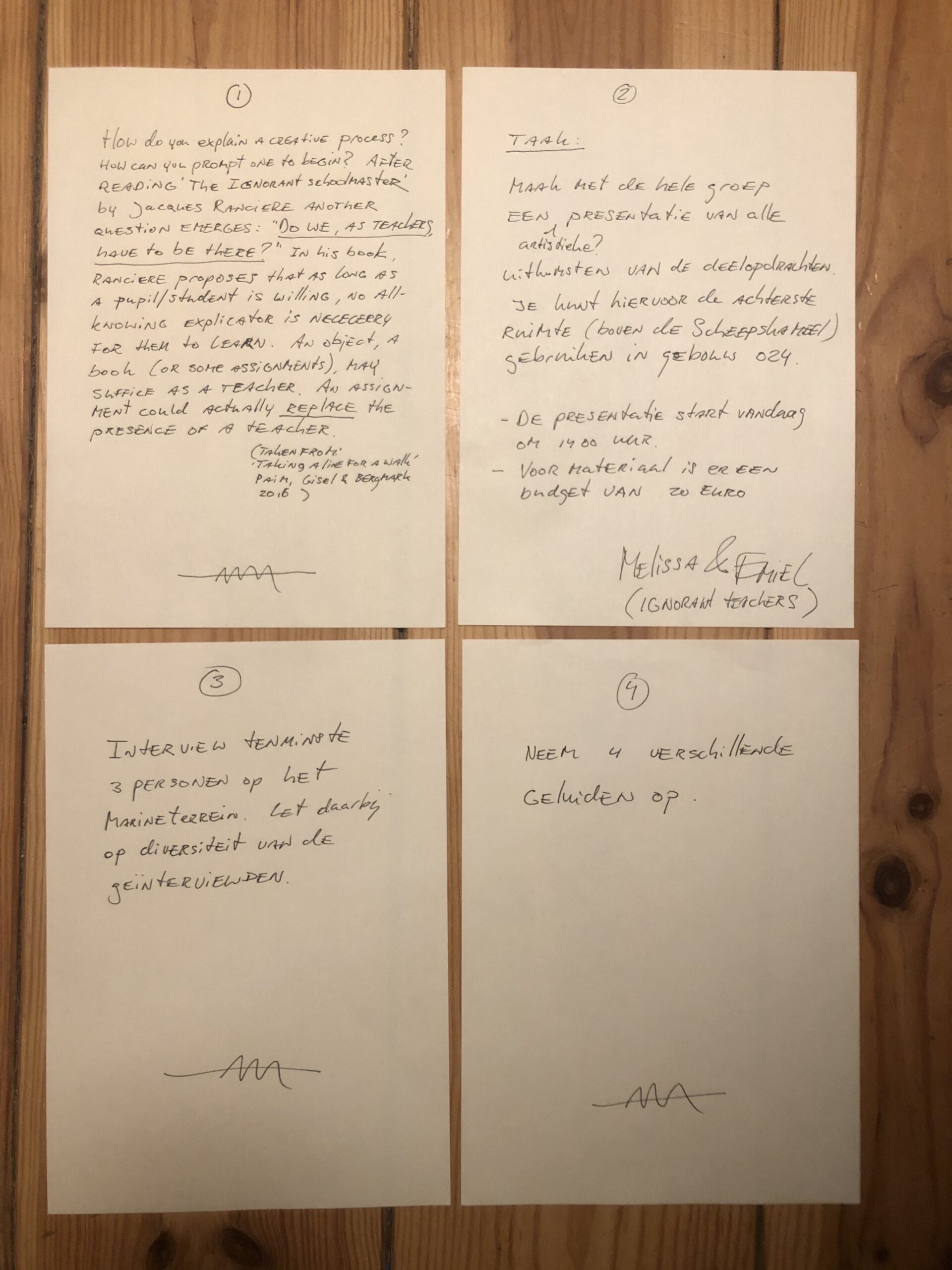
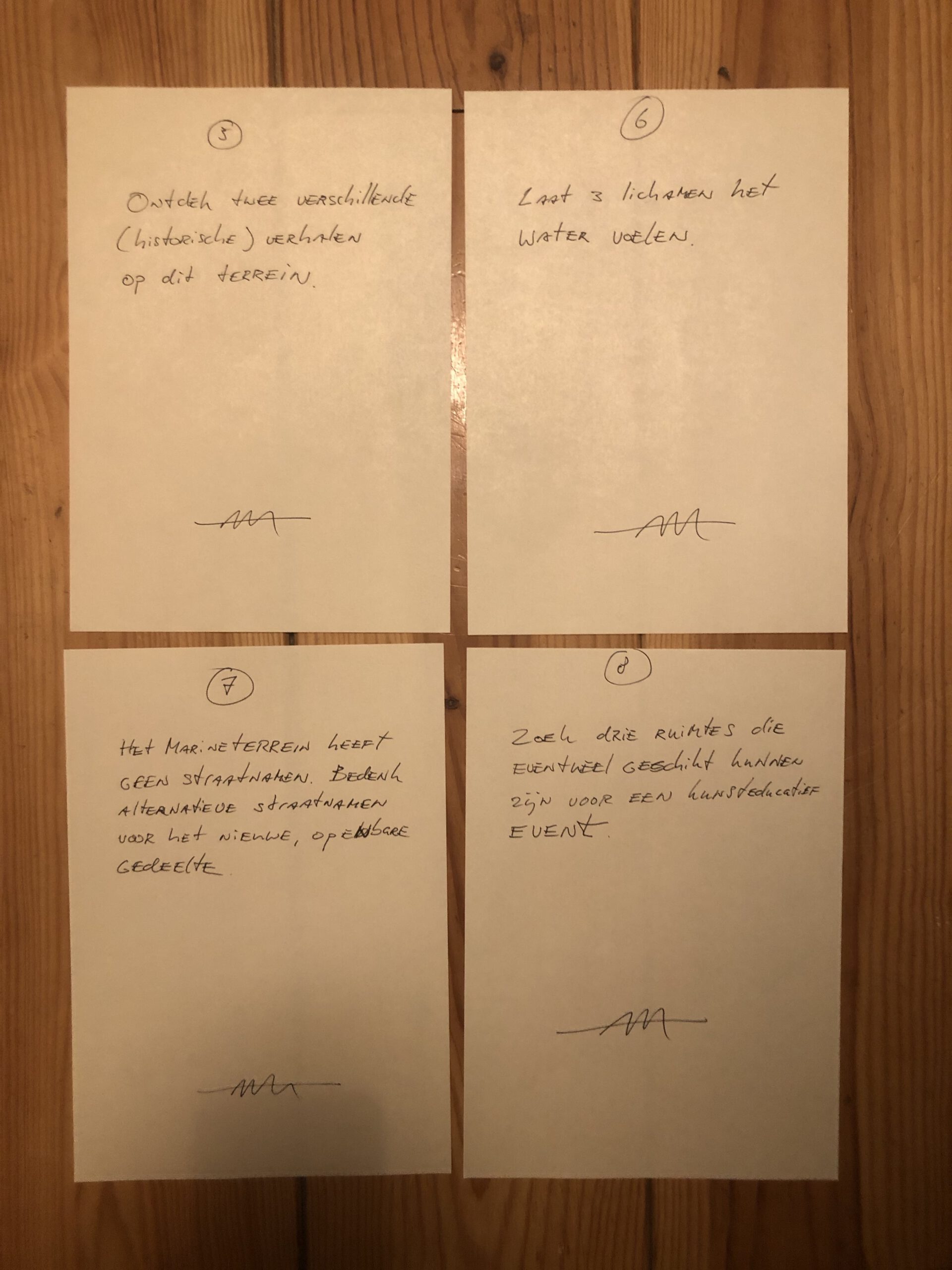
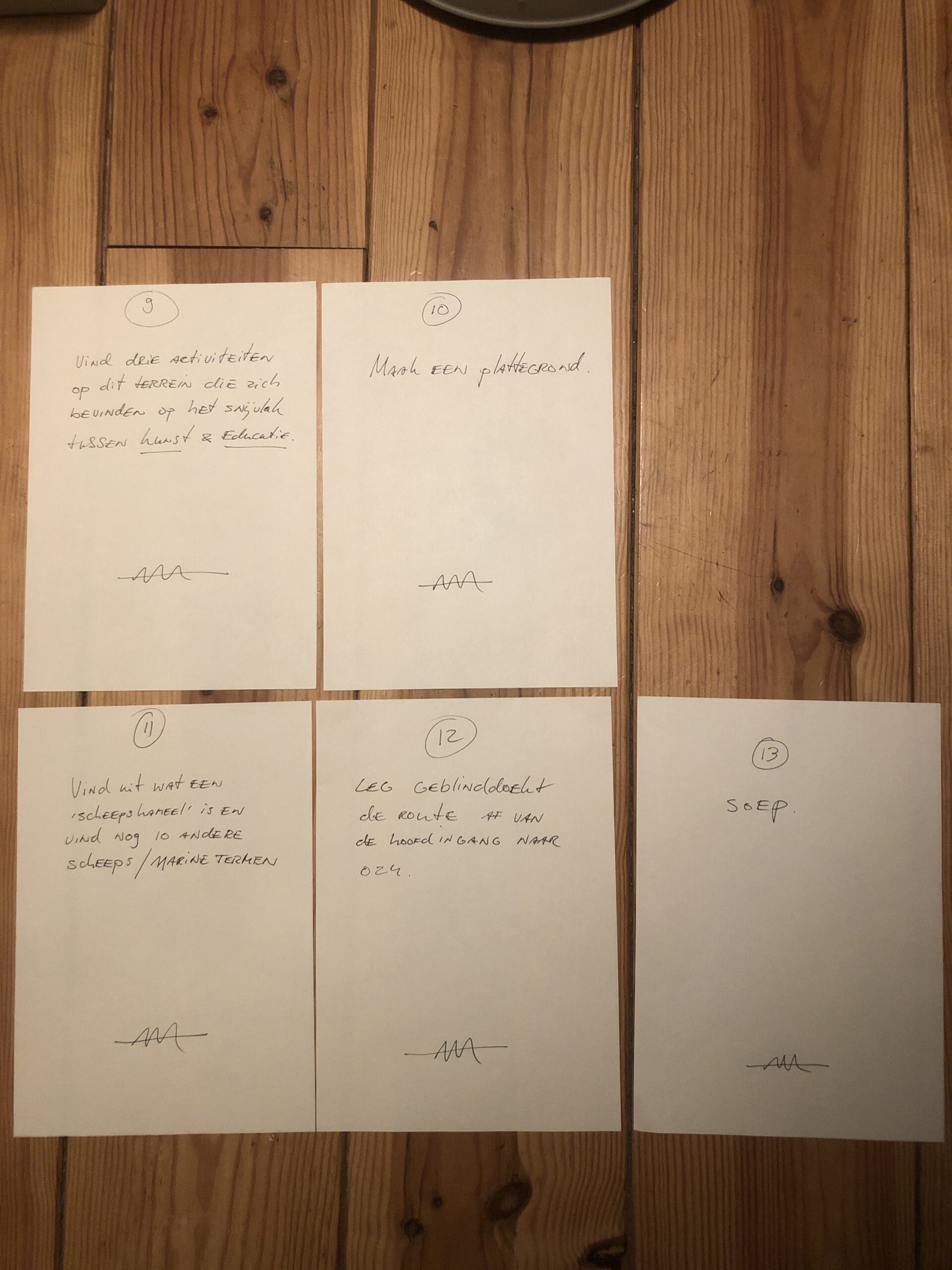
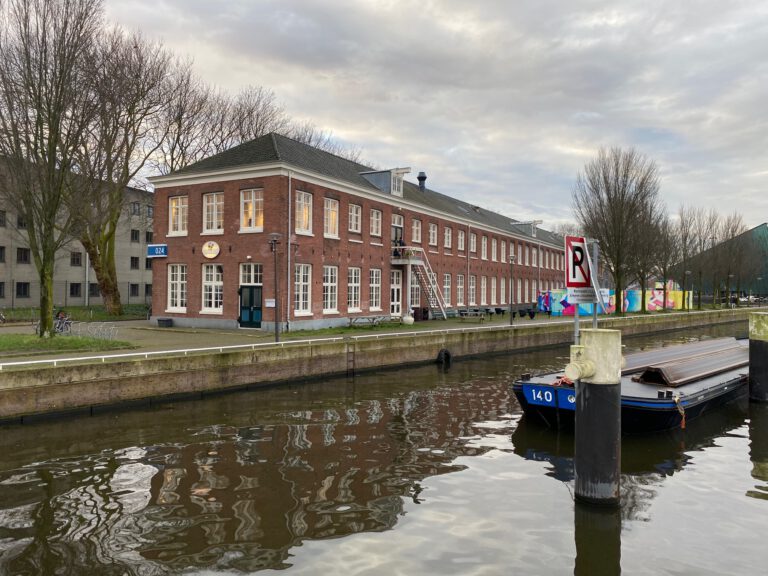
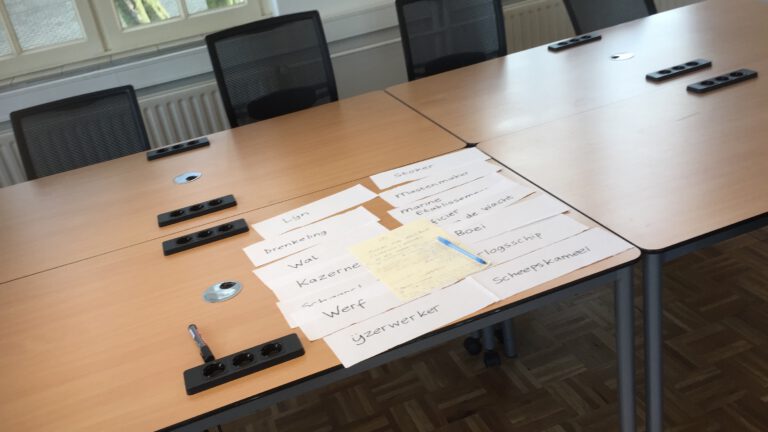
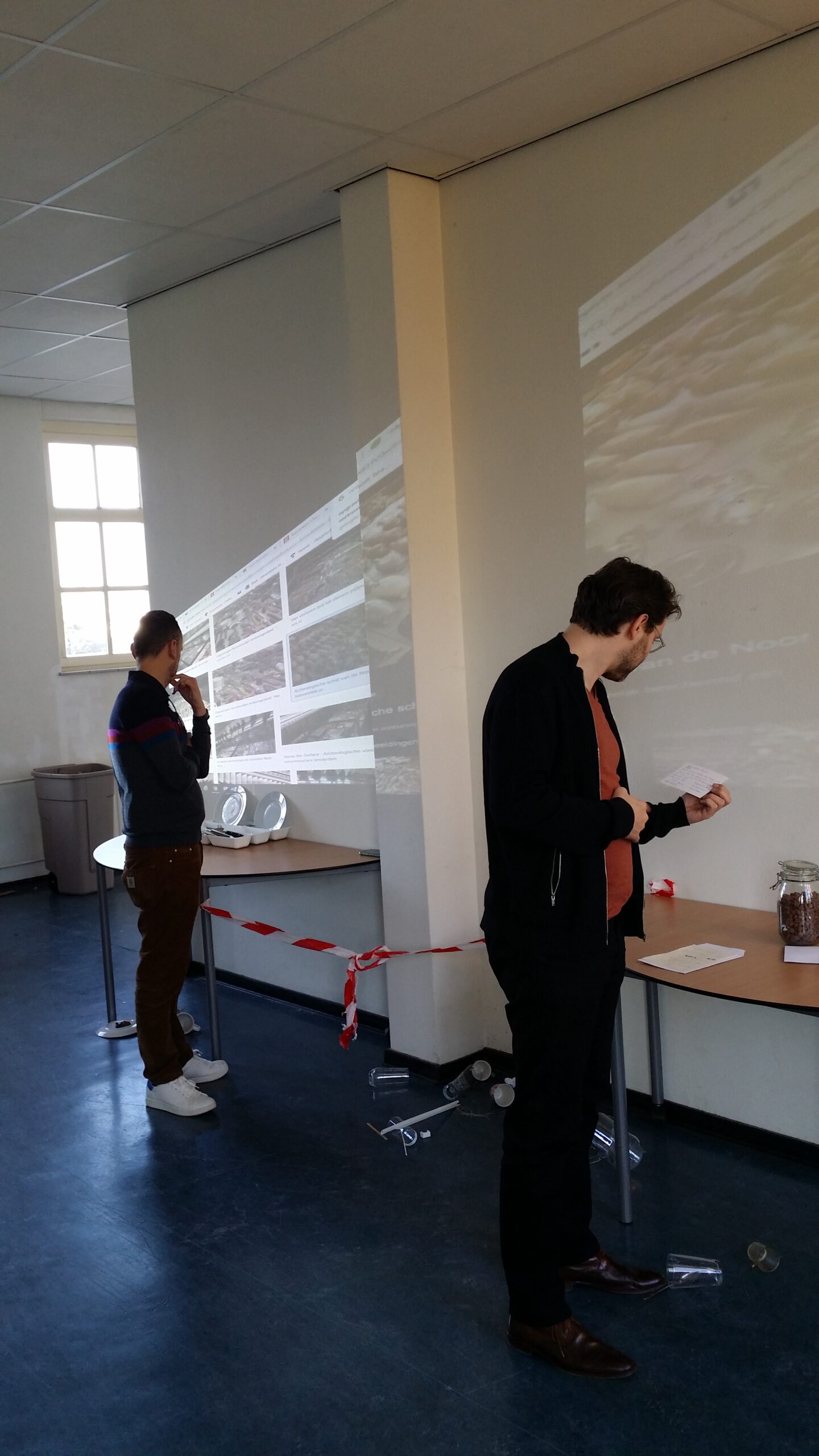
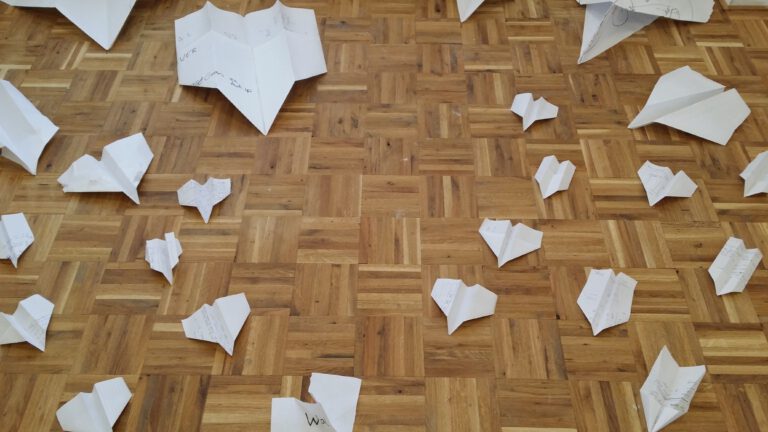
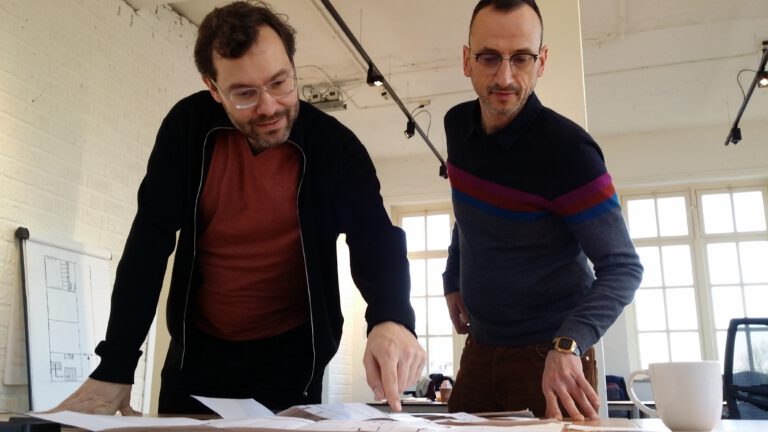
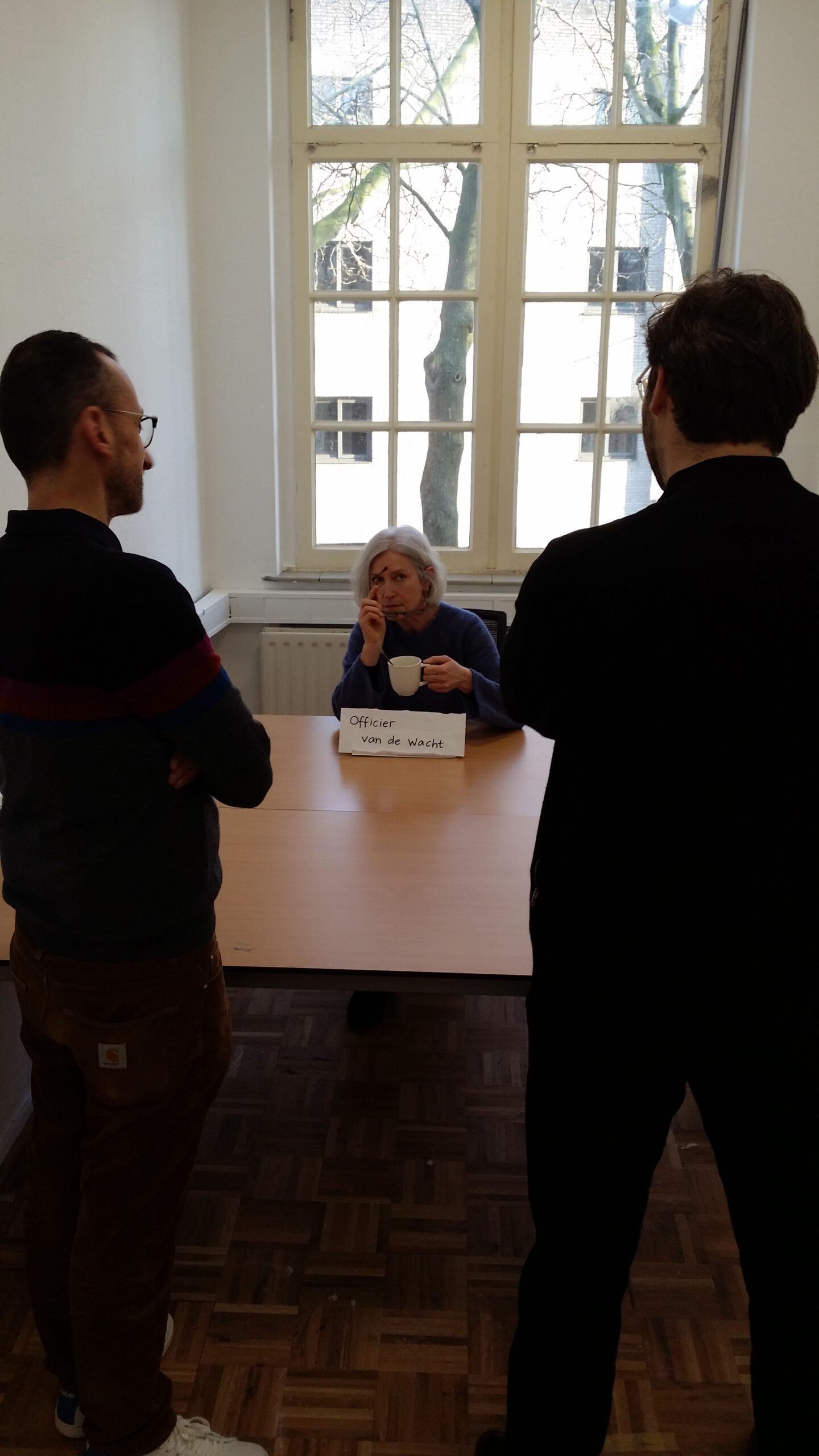
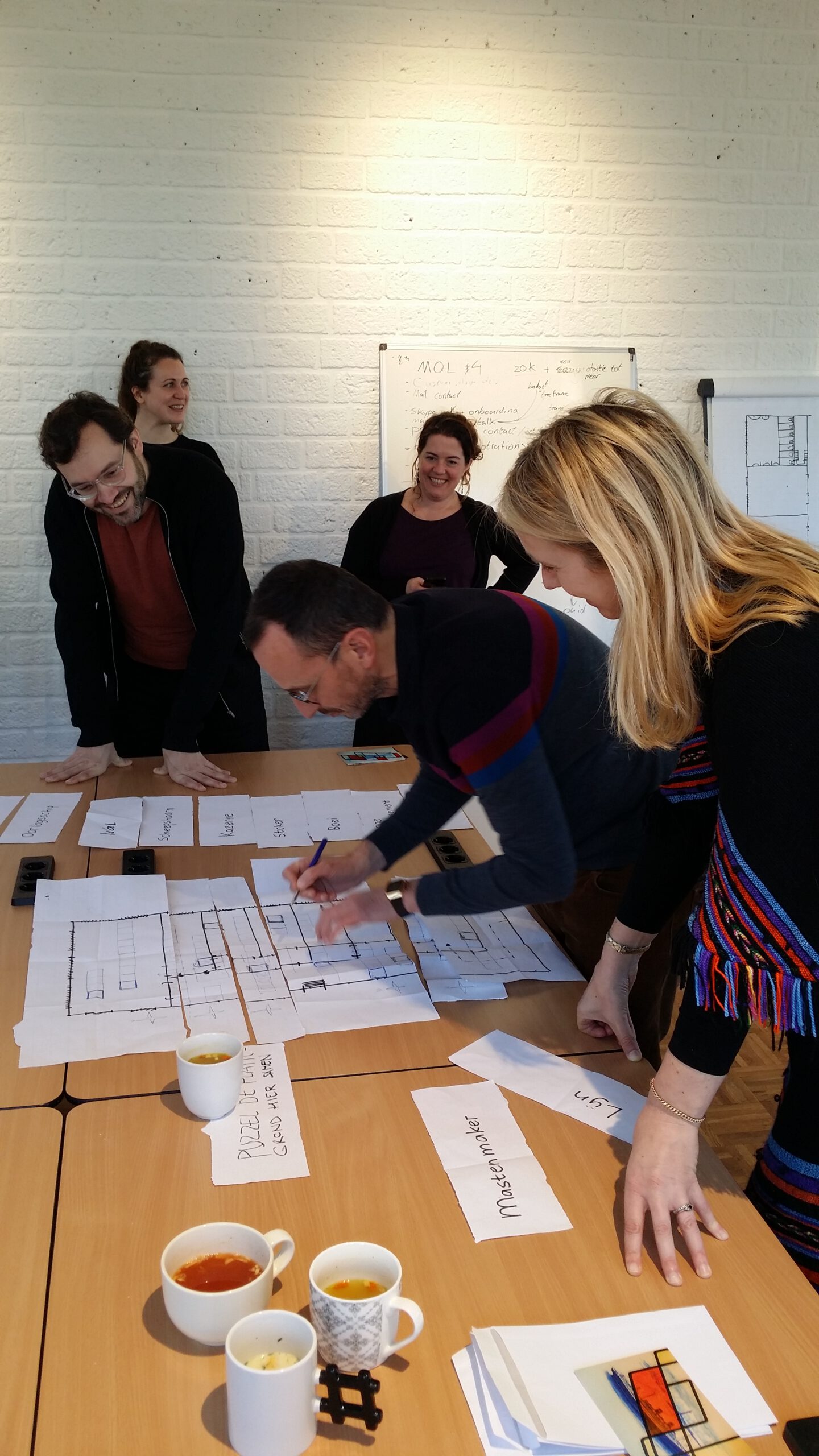

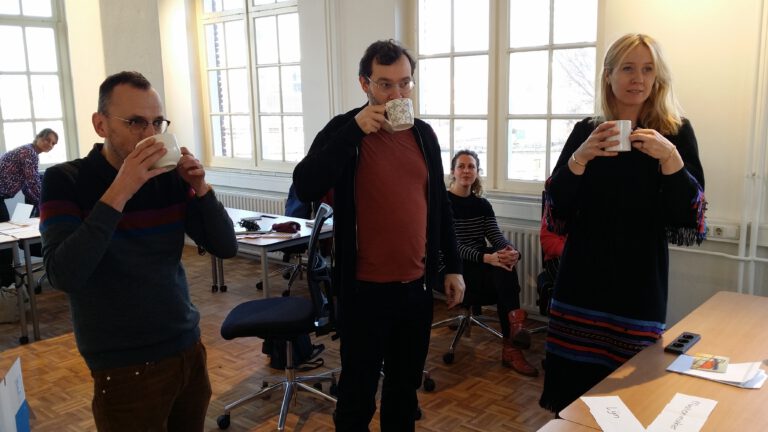
2. USE CLOSENESS
WE CAN USE CLOSENESS/
Beschouw je alledaagse interacties en activiteiten als mogelijkheden voor creatieve productie.
‘Closeness allows for the intimacy of relationships to be transformed into art works. […] Closeness can also be understood as close relationships between people, objects, or spaces in school that hold the potential to elicit an artwork.’ Lucero.
Opdracht: Maak een gedicht met behulp van jullie laatst verstuurde berichtjes.
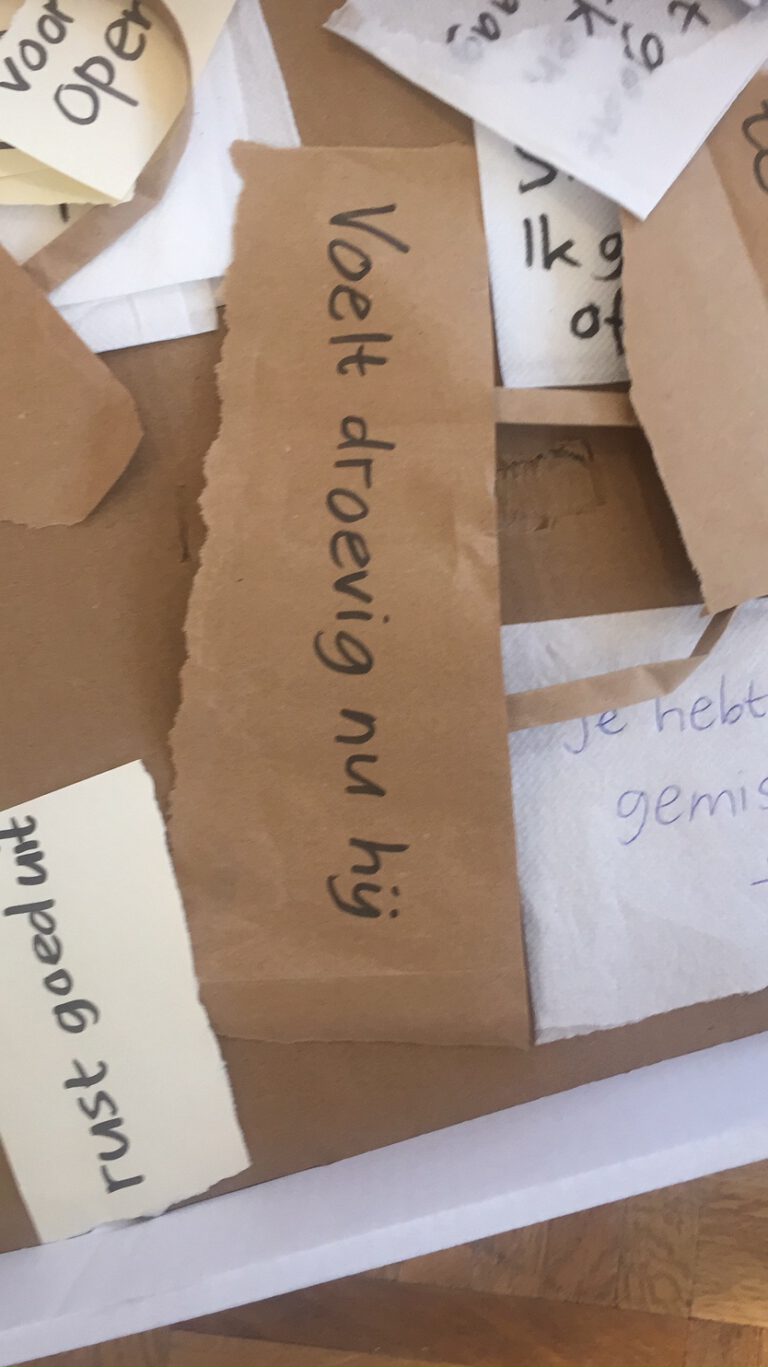
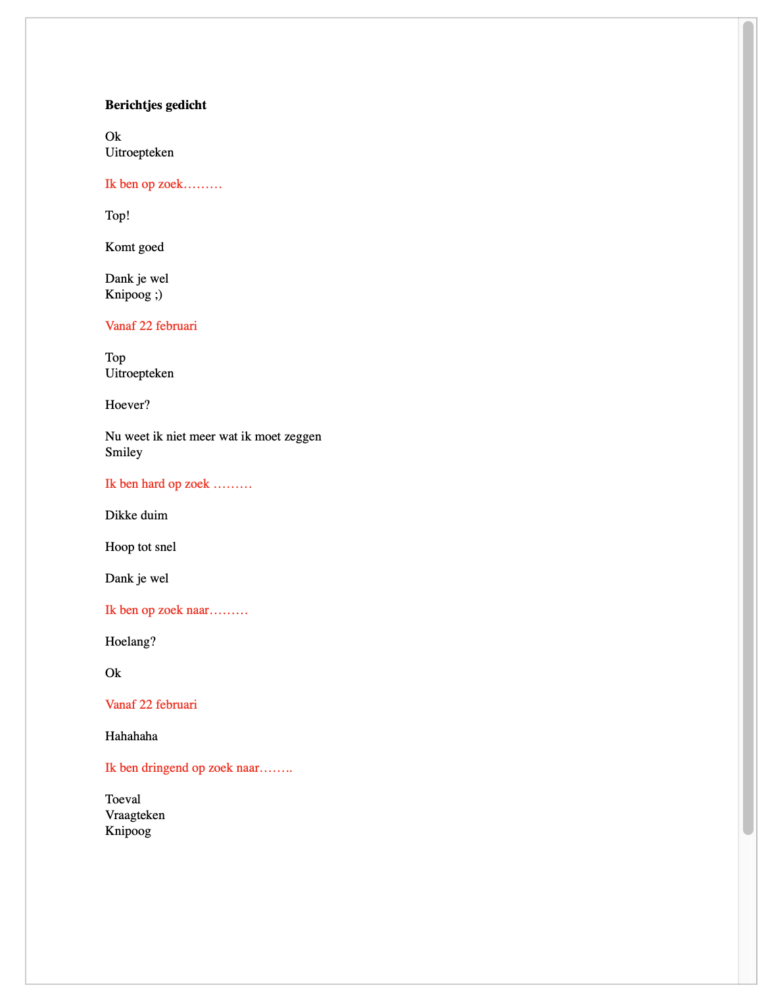
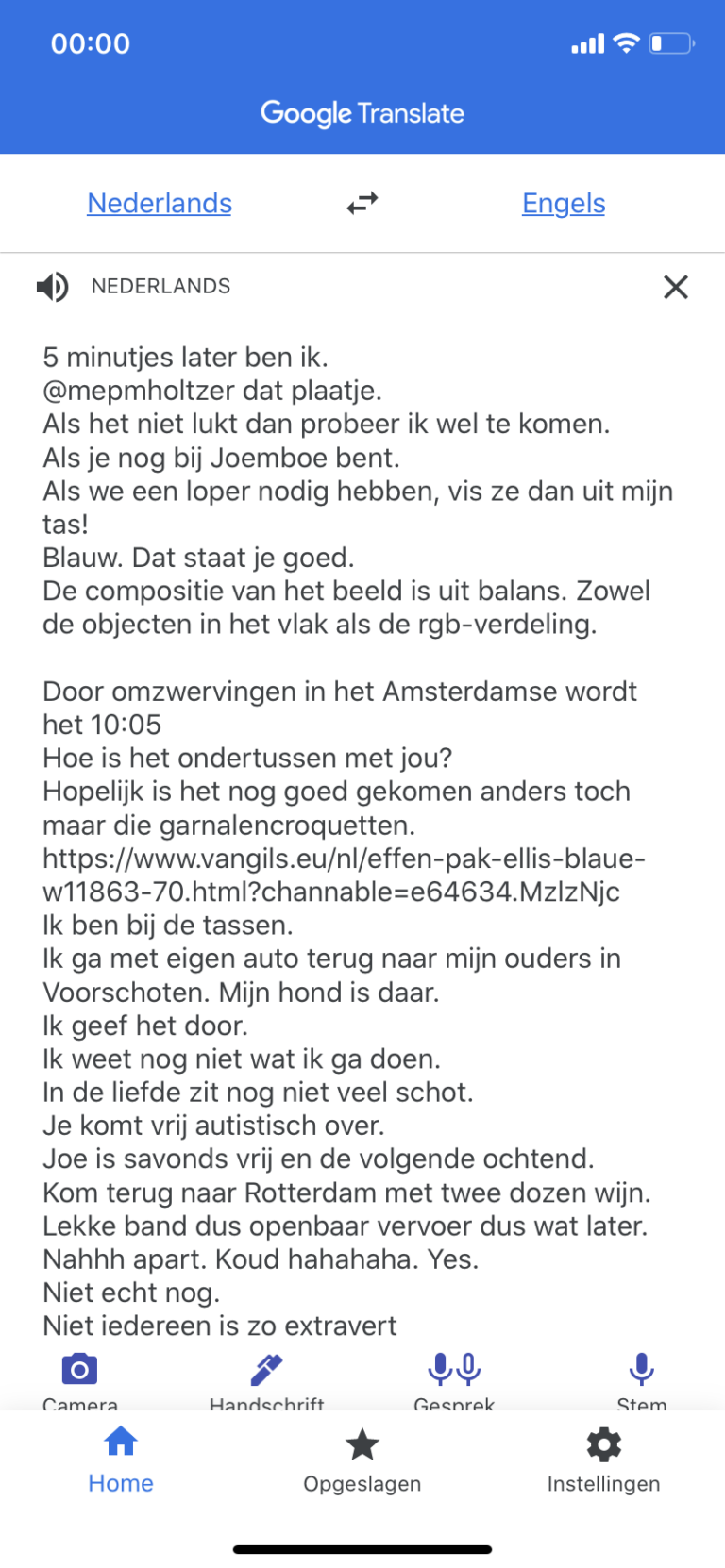
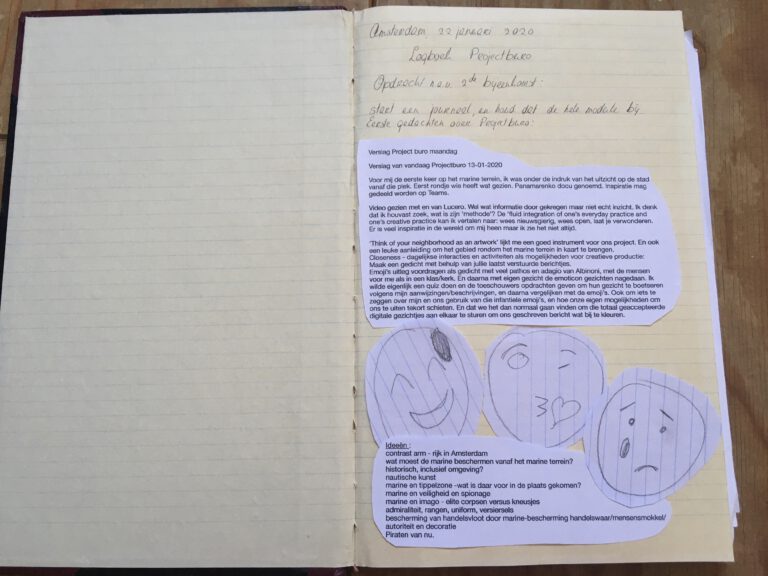
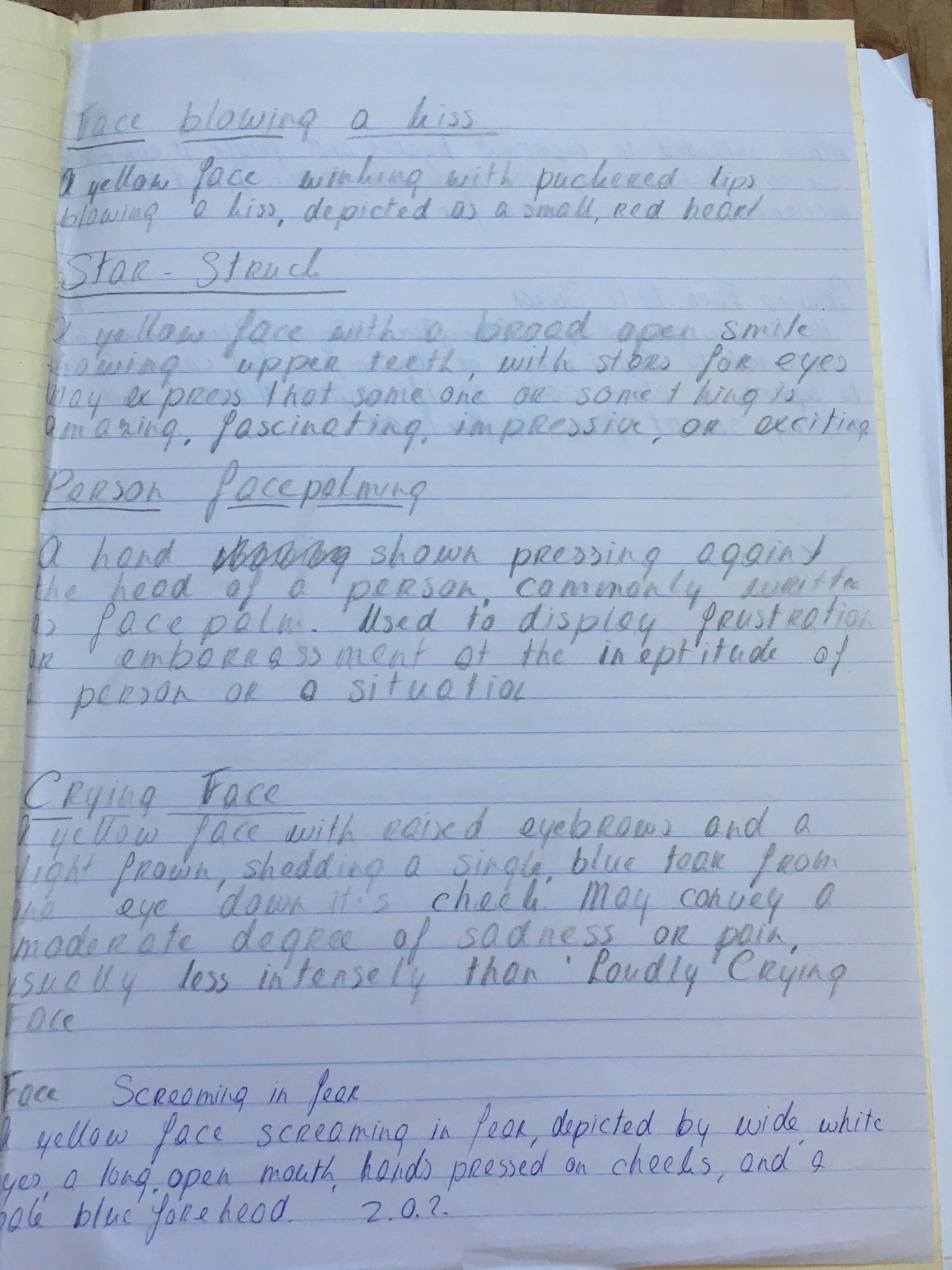
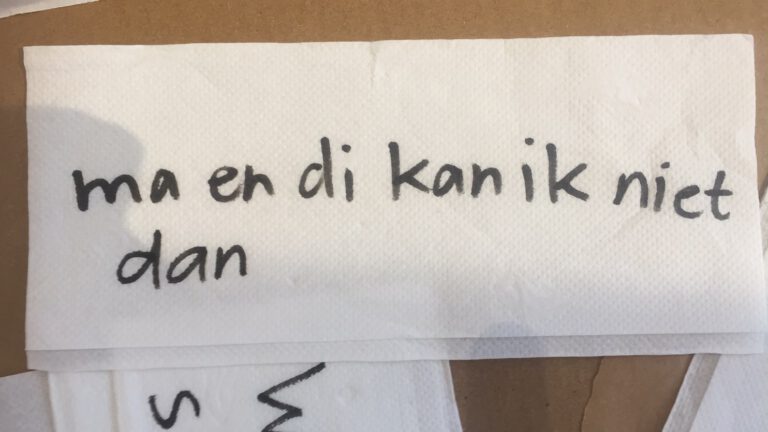
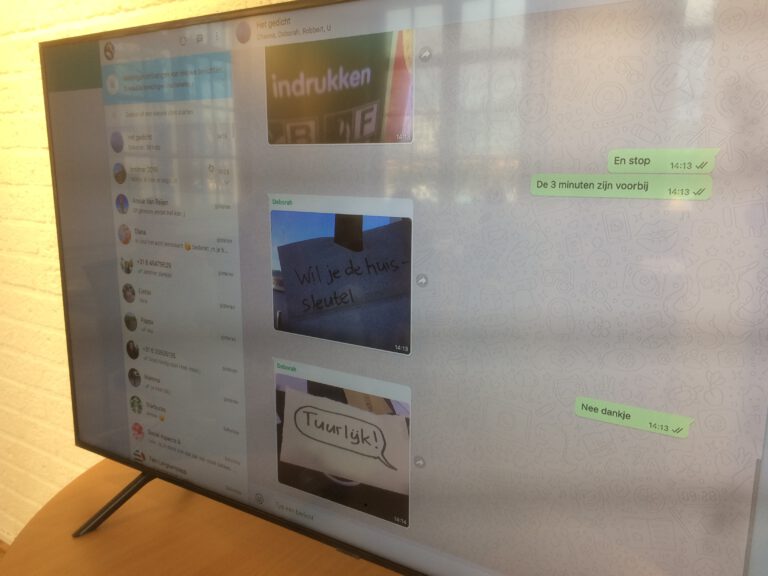
3. ACCUMULATE
WE CAN GATHER ENERGY VIA ACCUMULATION/
Het maken van archieven/reeksen van ogenschijnlijk routineuze handelingen of ultra-korte producties genereert nieuwe werken.
‘Many things and activities in school are repeated daily, and can accumulate through the mere passage of time and form the basis for a collection, can make the everyday, art. […] 1 action or object is ‘nothing’, 300 actions or objects are a work.’ Lucero.
Opdracht: The One Minutes Powerpoint Drawing Assigments.
Een powerpoint-presentatie toont telkens een korte opdracht, de studenten krijgen 1 minuut om die opdracht te tekenen, de docent geeft verder geen toelichting. Na het tekenen sorteren de studenten alle opdrachten (motieven): zo zien ze verschillende interpretaties van één en hetzelfde woord. De studenten maken daarna een selectie van 5 tekeningen die met elkaar een nieuw werk vormen. Deze opdracht biedt een oplossing voor de vraag: ‘Hoe te beginnen?’.
Ronald Nijhof, docent oriëntatiejaar, HKU

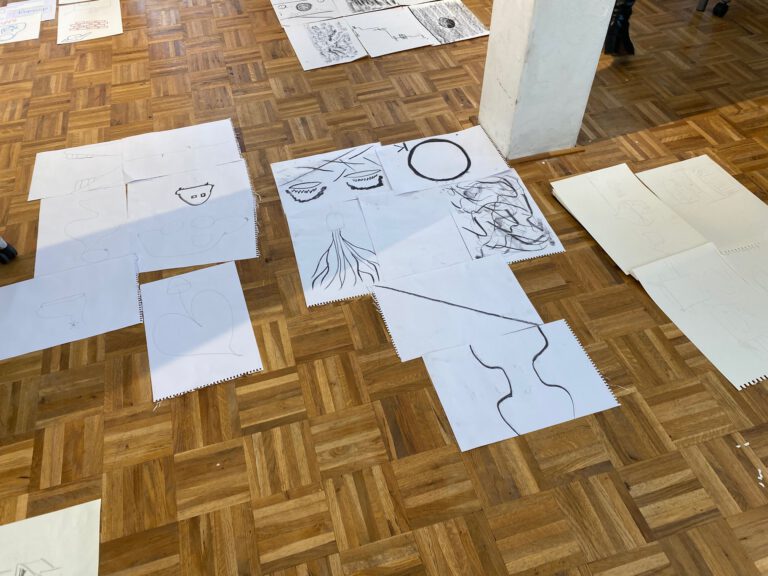
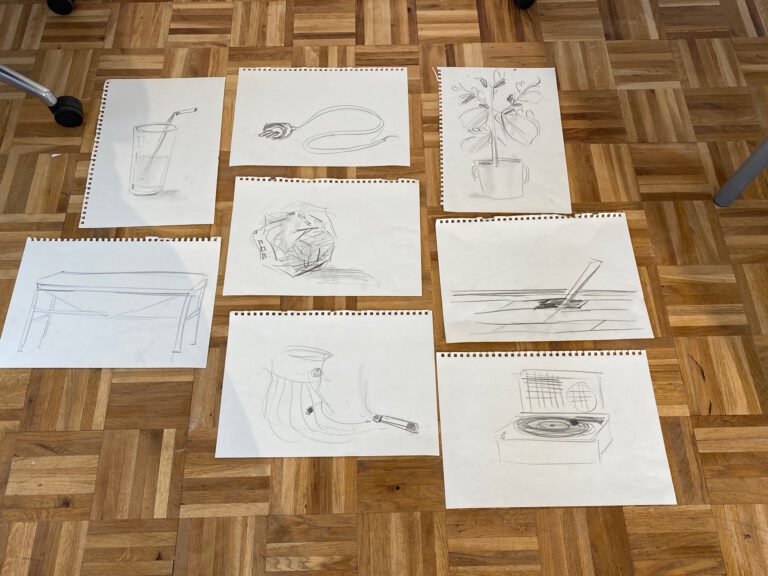
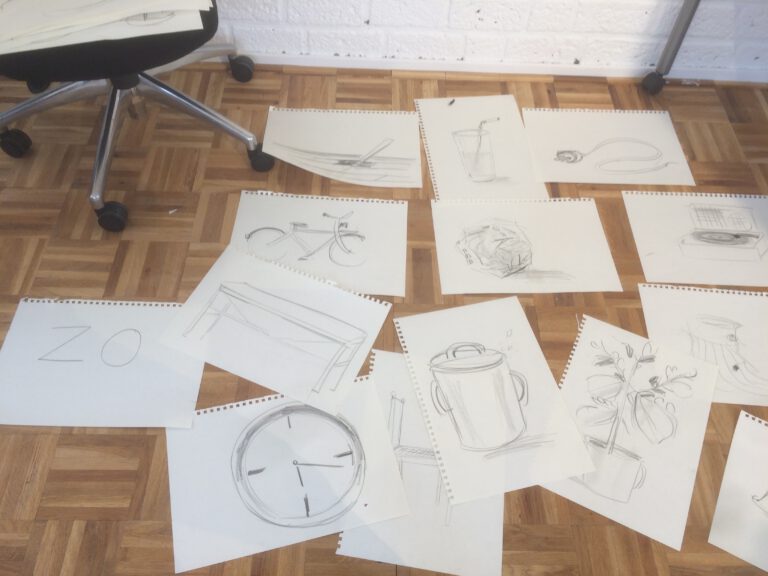
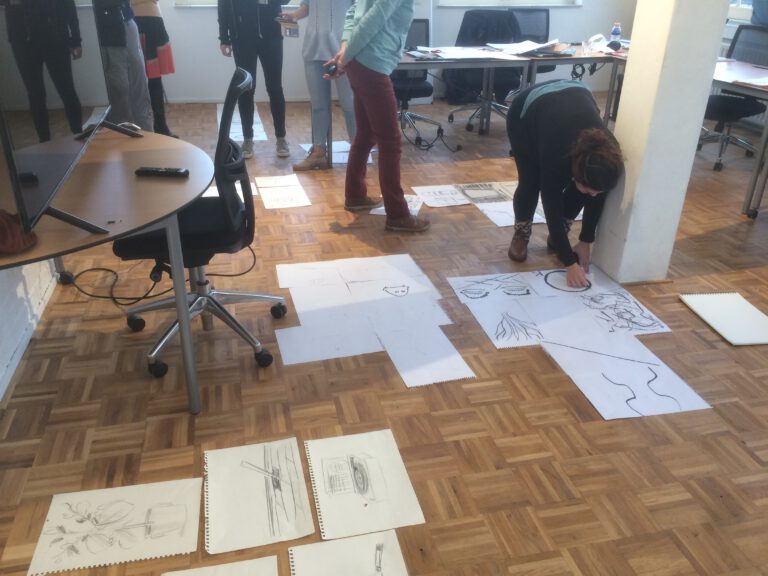
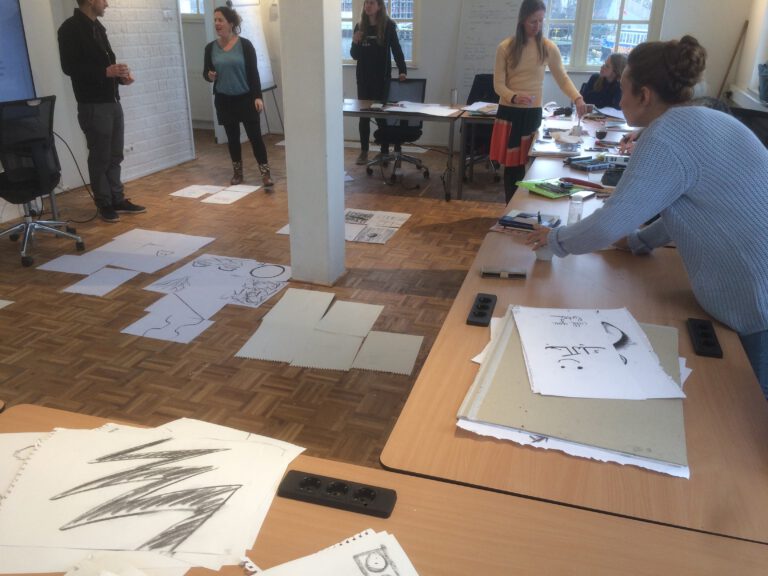
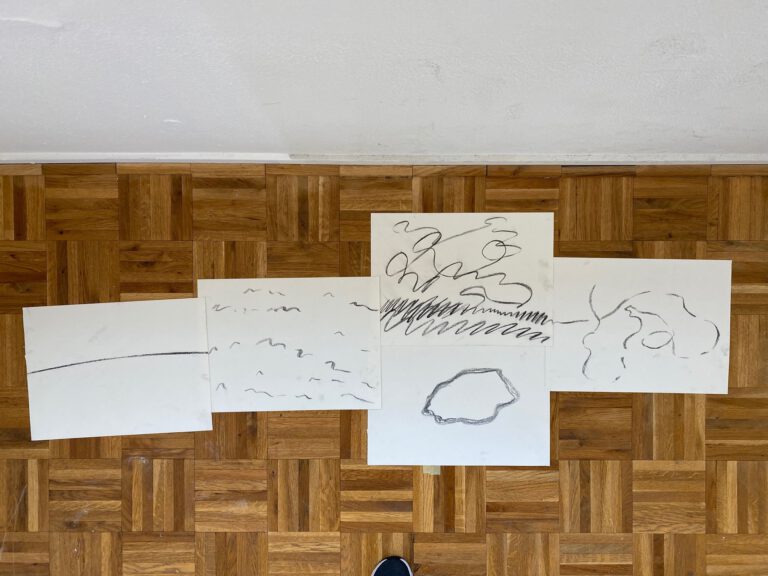
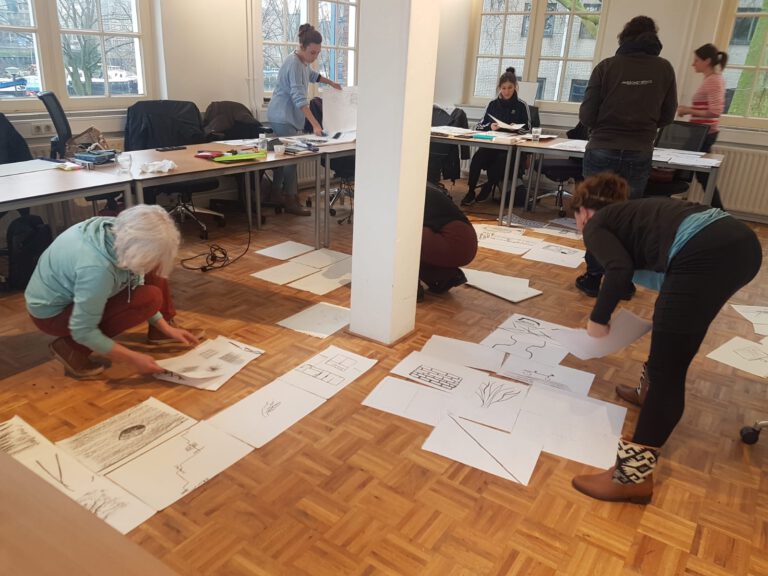
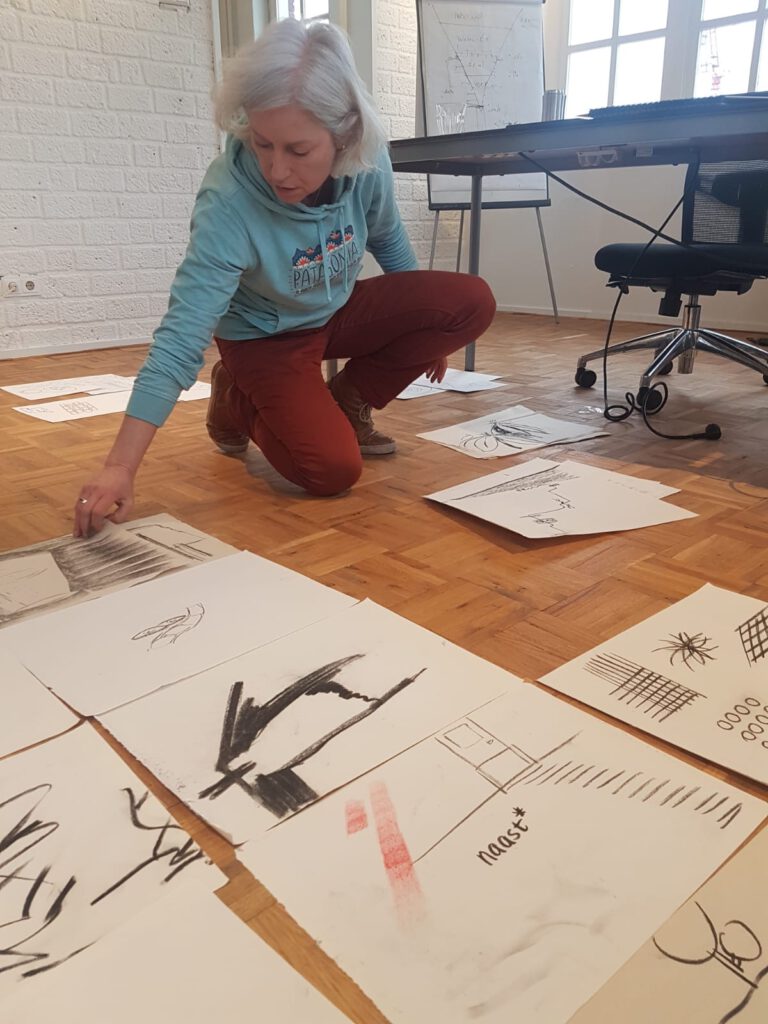
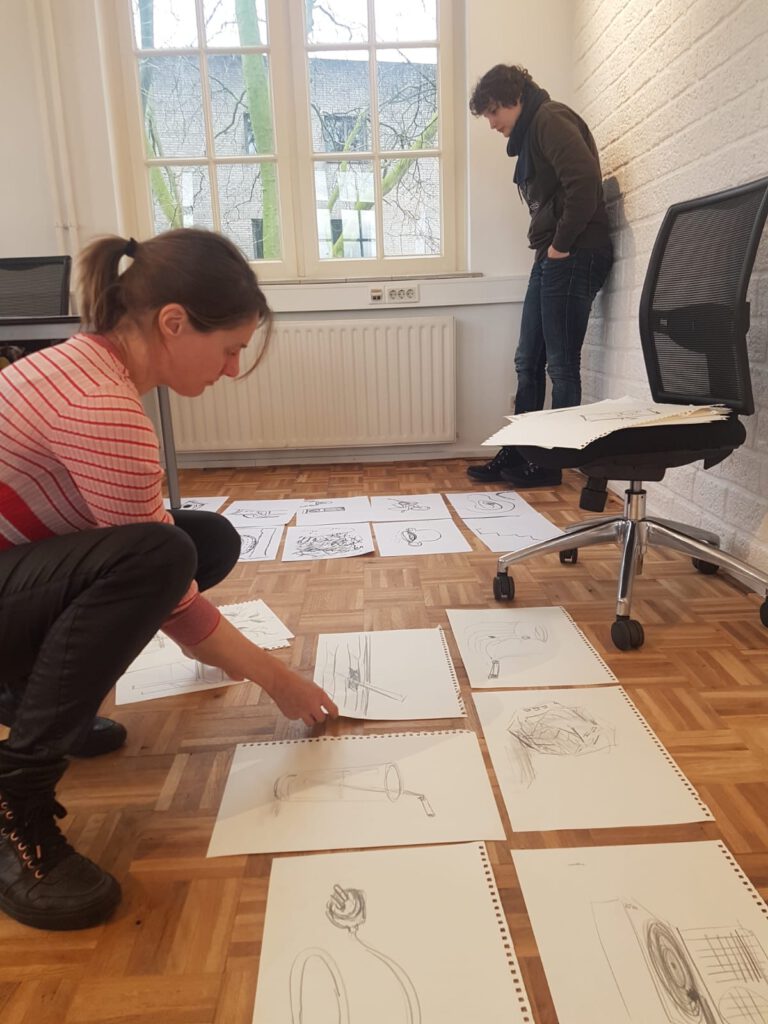
4. CO-CONSTRUCT
WE RELY AND VALUE CO-CONSTRUCTION/
Samenwerking biedt zowel de docent als anderen mogelijkheden tot het maken van nieuw werk.
‘Through the act of co-constructing, teachers can be given parameters by their partner(s) that evoke the enactment of art, or teachers can give parameters that enable their partner(s) to make art.’ Lucero.
Opdracht: Make the artwork belonging to a museum text.
Participants will receive descriptions of an artwork from an exhibition wall. These descriptions are prompts for new artworks the students have to produce. The results made by the participants will be compared to the artworks, words or products the texts were based on. Afterwards a discussion will be held about the meaning of art, the meaning of written descriptions and interpretations of art, etcetera.
Lili van Doorninck, docent Gerrit van der Veen College.

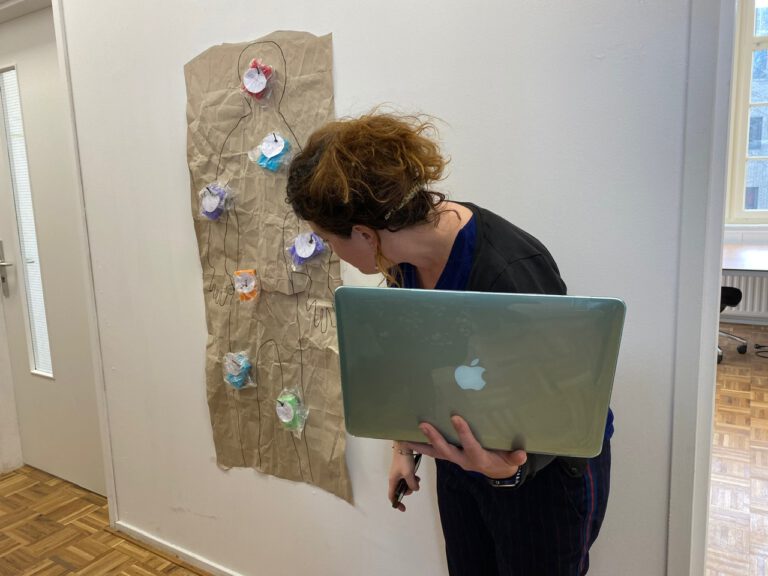
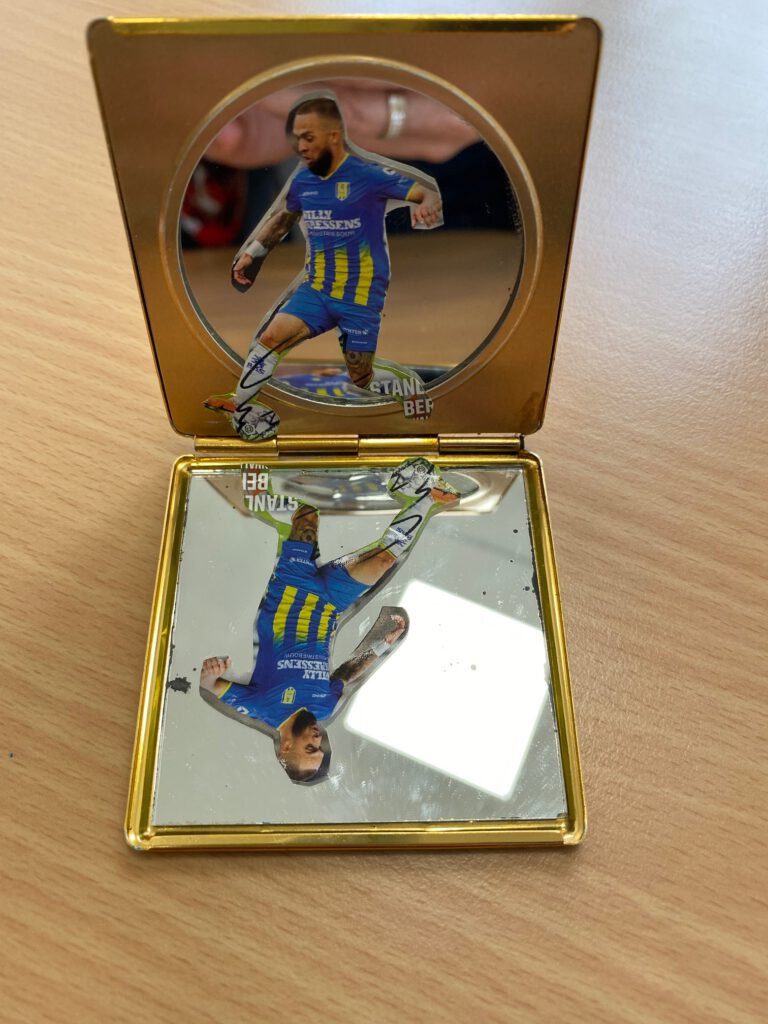
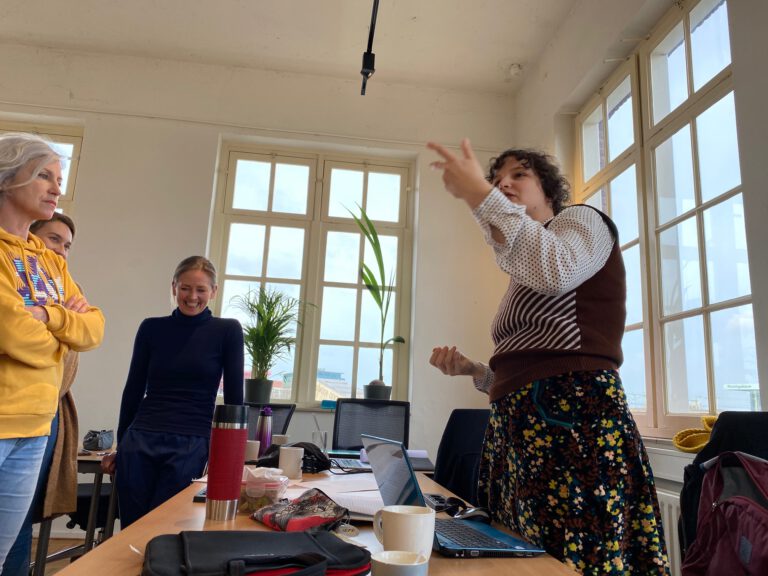
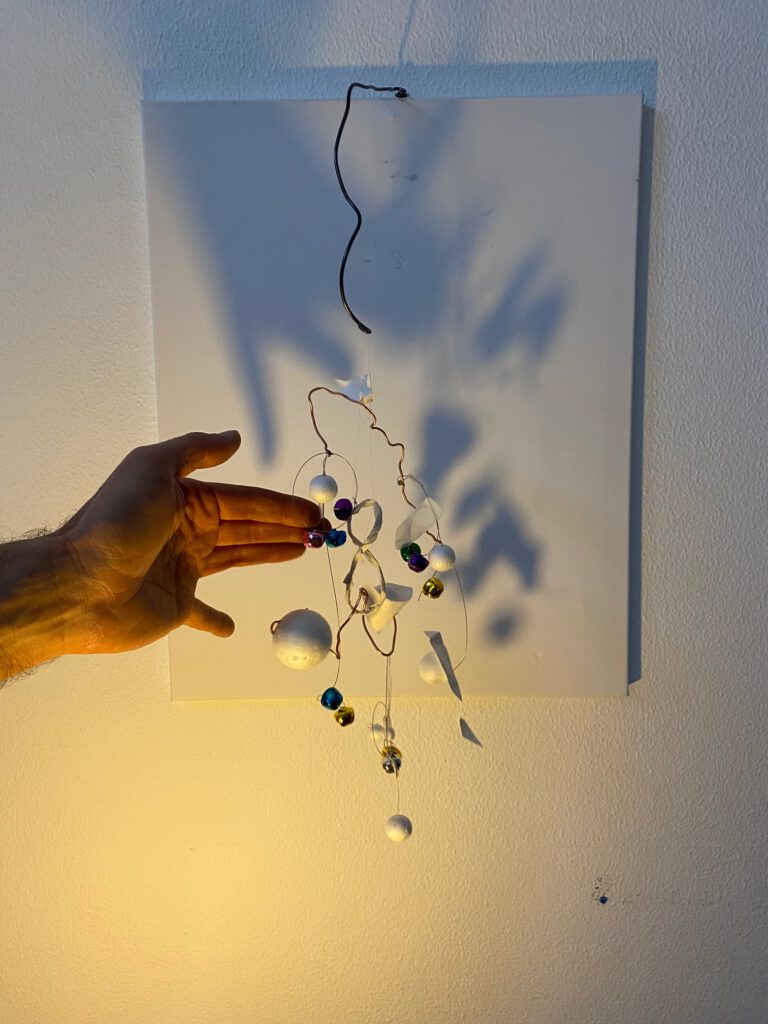

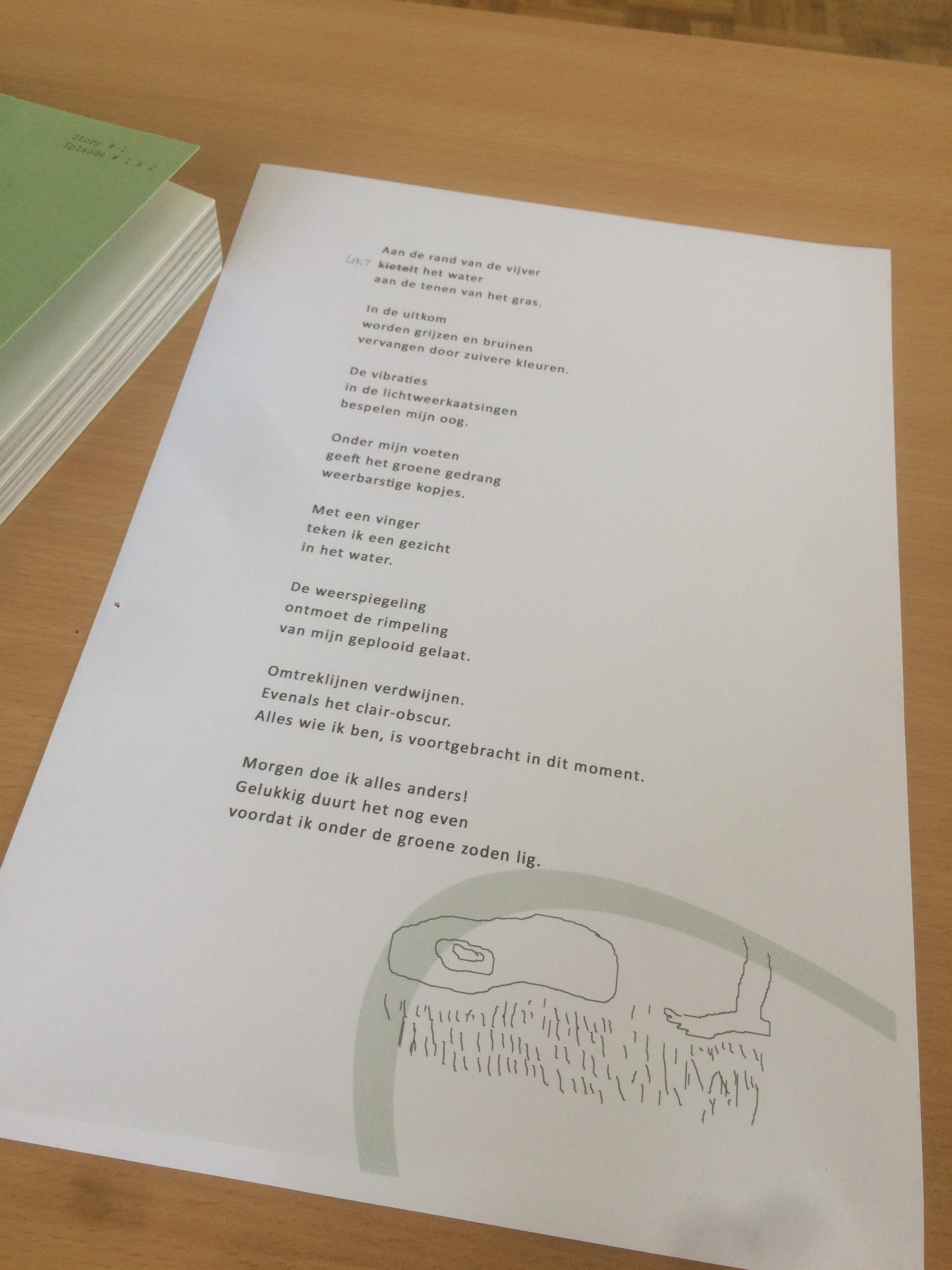
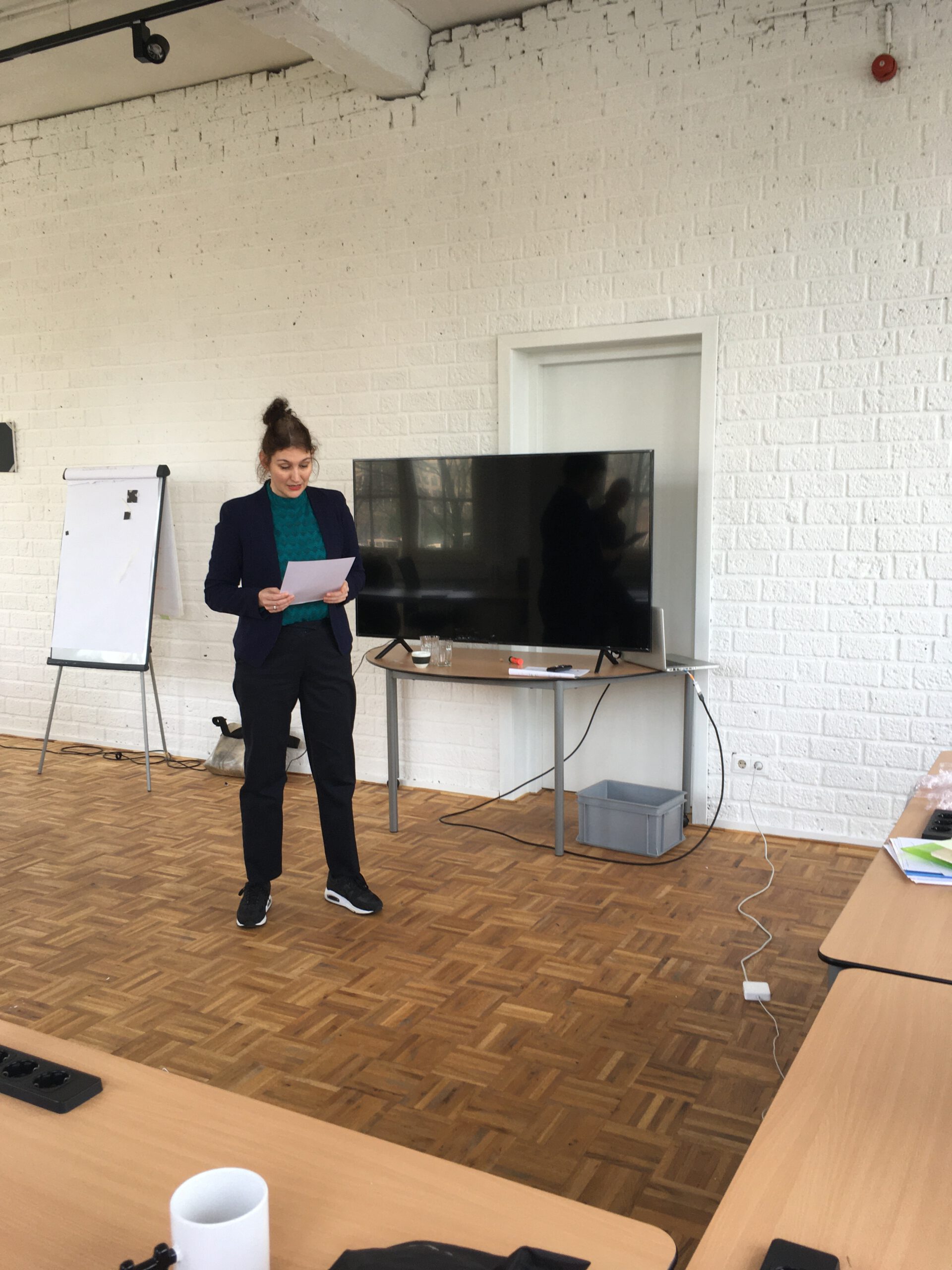


5. PRESENT NARRATIVES
WE WRITE AND DEPLOY OUR OWN NARRATIVES/
Hyper-documententeer en deel processen, verhalen en producten uit je lespraktijk.
”As teachers we’re constantly being asked to distil all the nuance of learning and being in relation with our students into summaries and deliverables. With conceptual art this task is the same. Hyper-document everything, write about it, produce images, books, exhibitions, websites, social media posts or merely tell the story of what you’ve done to someone else.’ Lucero.
Gastles met Maarten Bel.
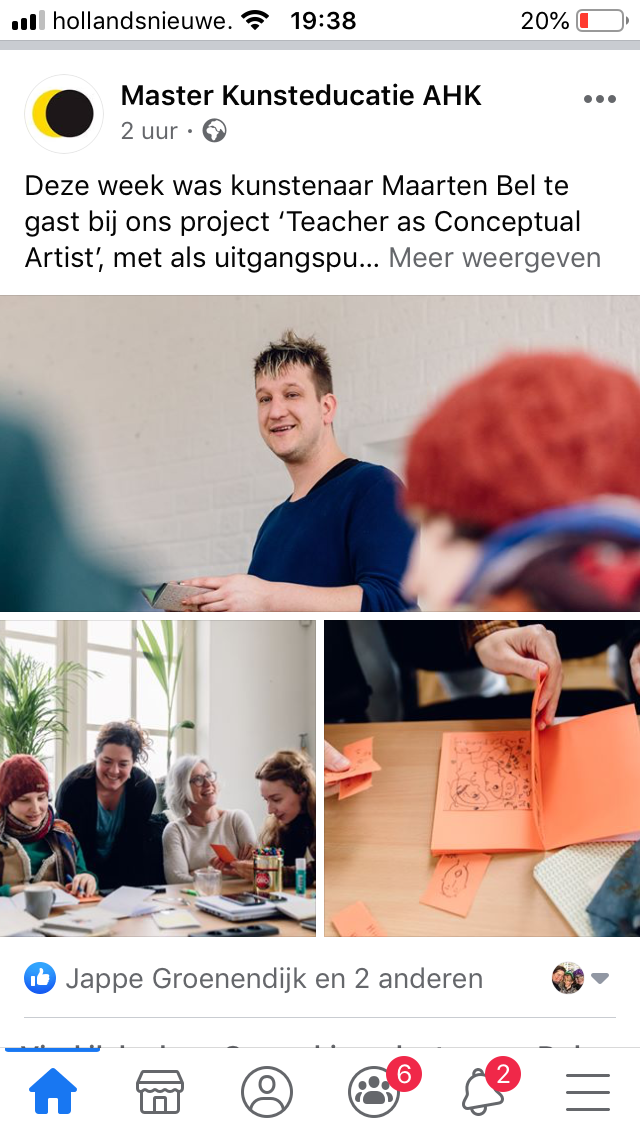
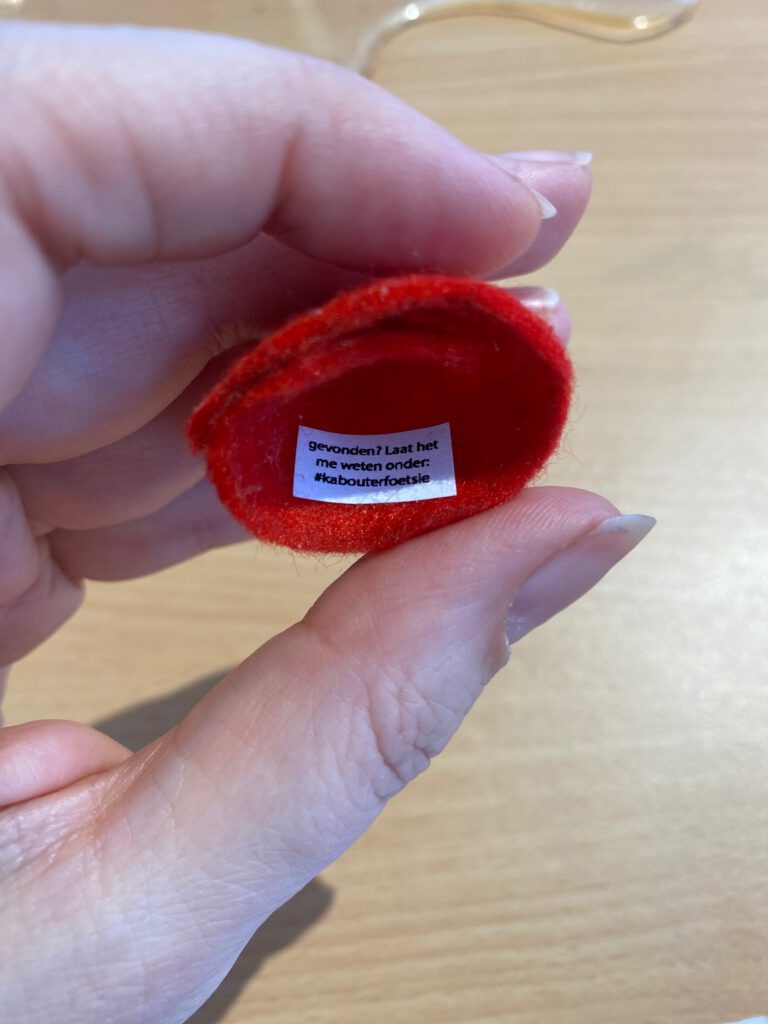
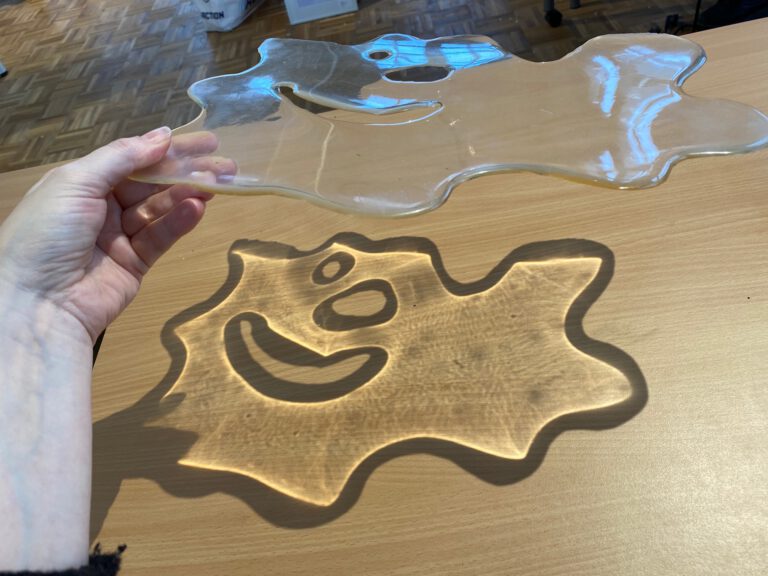
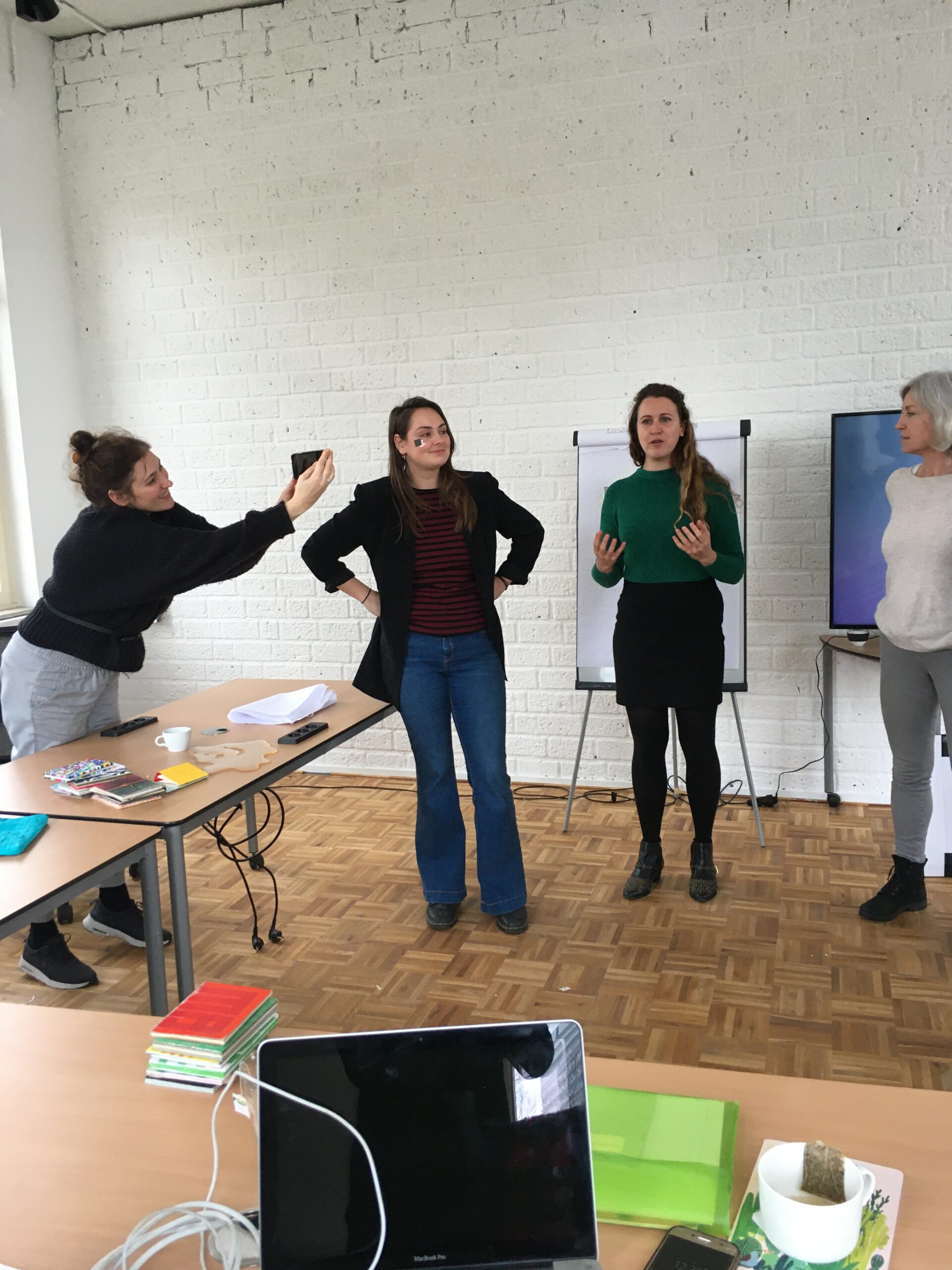
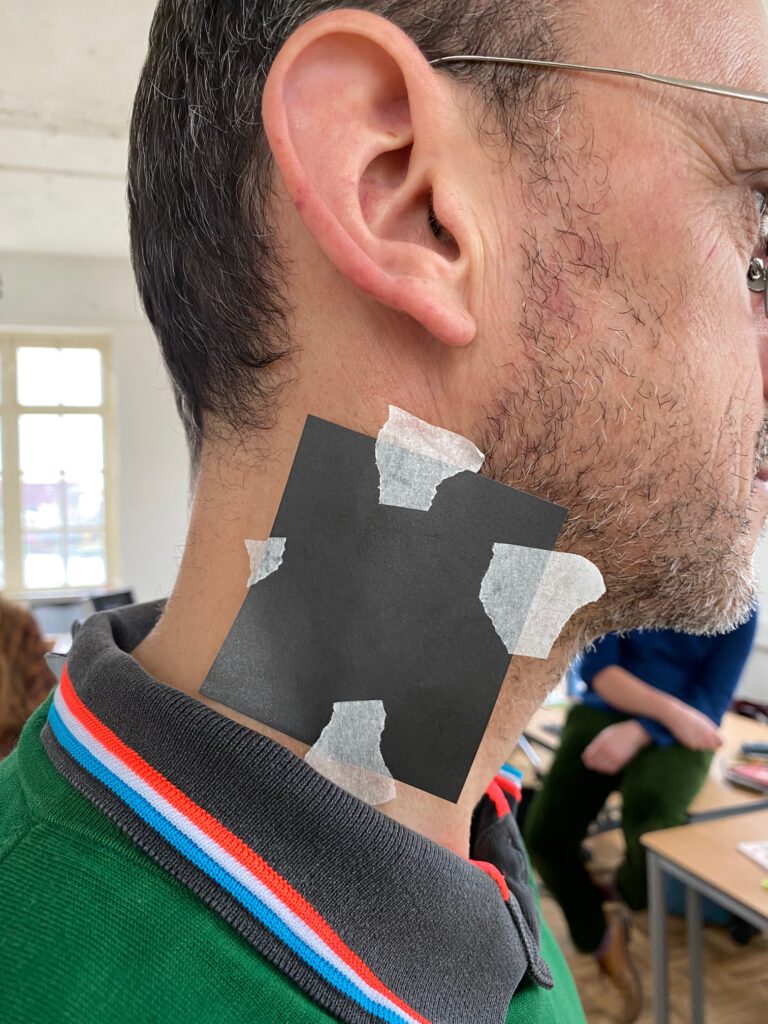
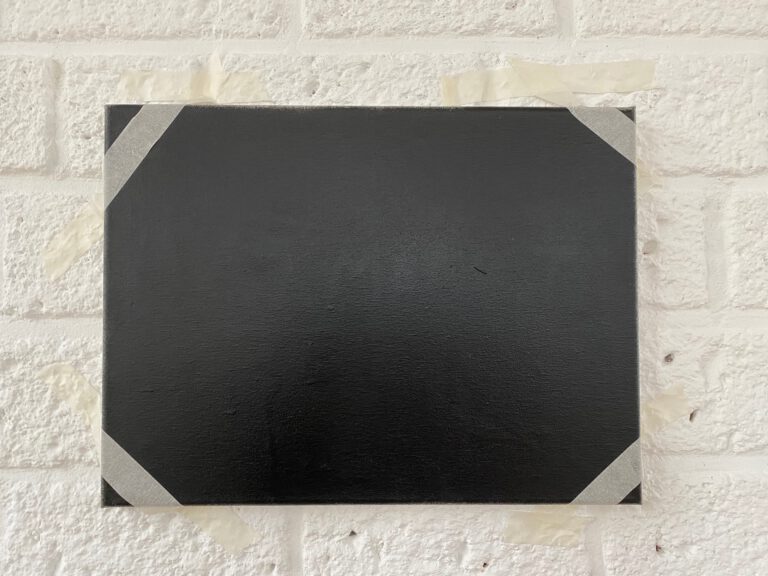
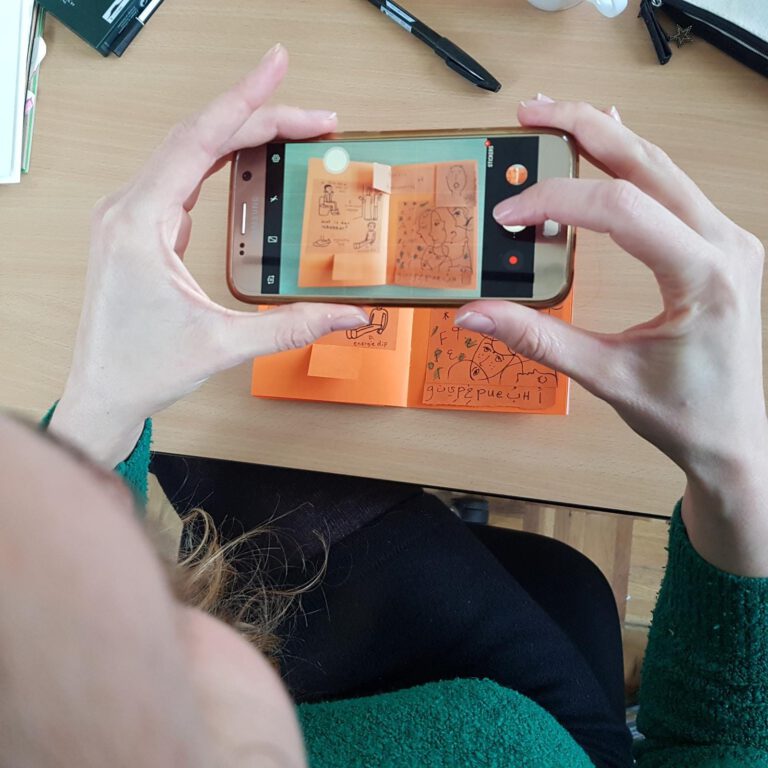
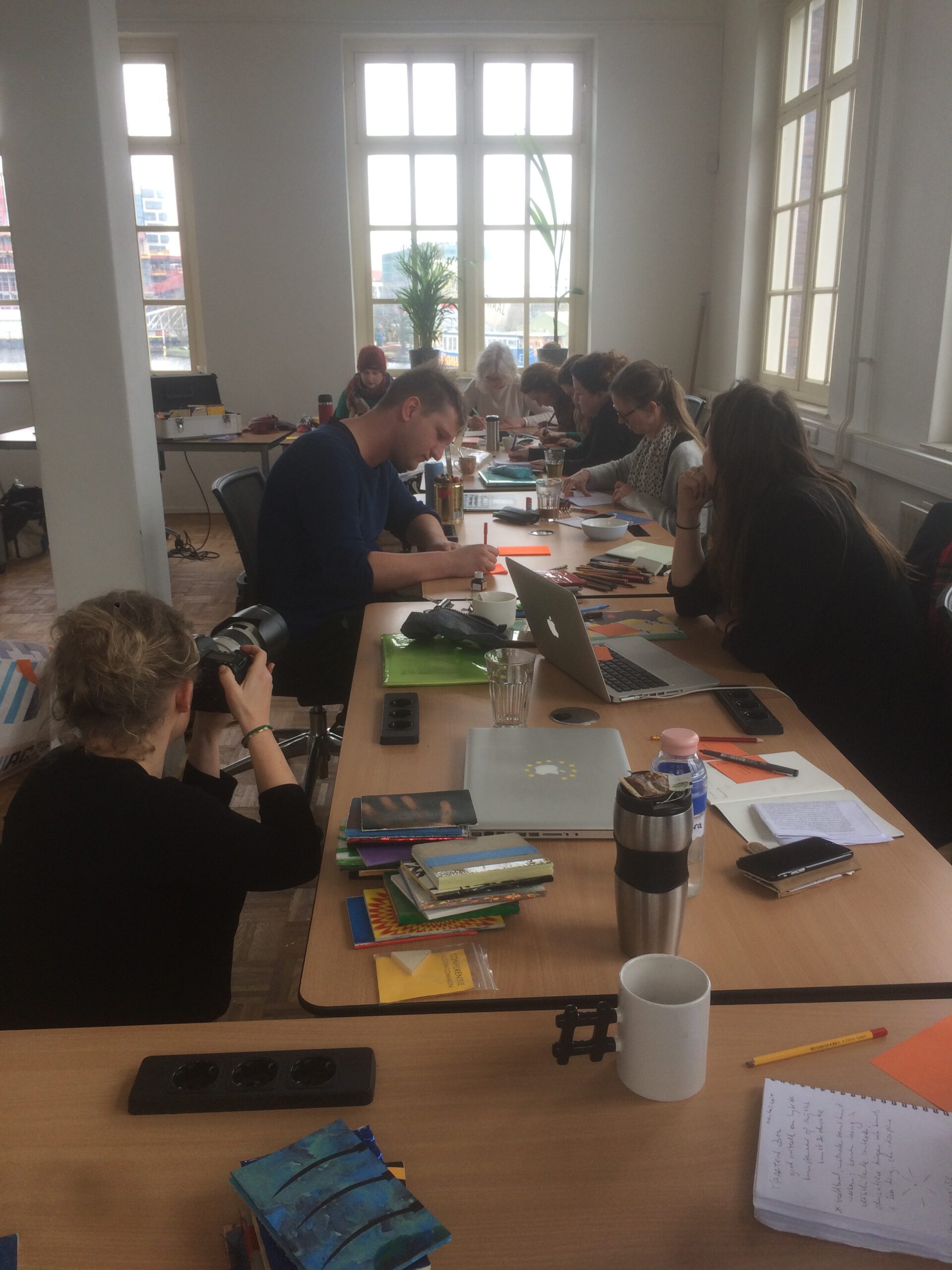
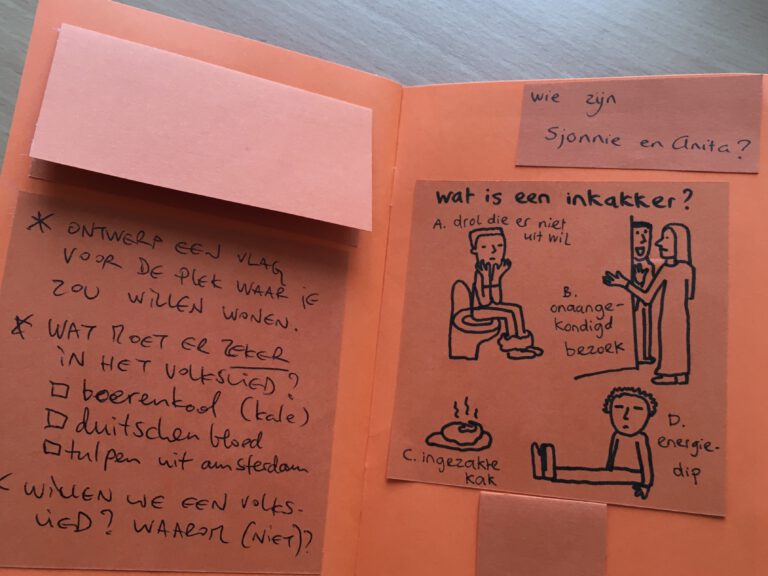
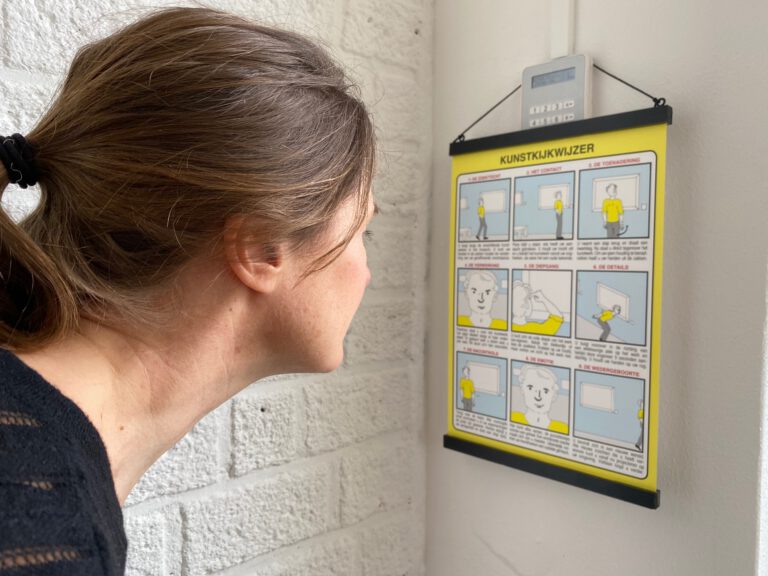
6. EMBRACE INVISIBILITY
WE UNDERSTAND INVISIBILITY IS A POWERFUL WAY OF BEING IN A WORLD THAT ALWAYS WANTS TO SEE YOU/
Bedenk dat interacties (met lerenden) op zichzelf intense kunstzinnige ervaringen kunnen opleveren, juist omdat ze niet vastgelegd of gedocumenteerd kunnen worden
‘Some works will never be materialized, documented or recognized as such by others. Some works might thus only exist in a teacher’s mind, fade away into memory, time, or material.’ Lucero.
